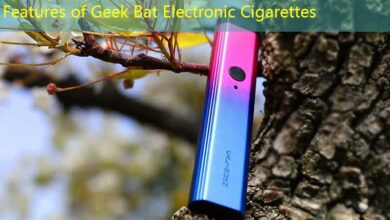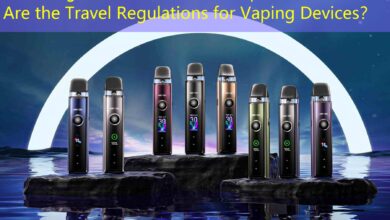How Long Does an Edible Last? Factors to Consider
Introduction to Edibles
In recent years, the popularity of edible cannabis products has surged dramatically. These products, designed to provide the effects of cannabis in a consumable form, have become increasingly accessible to consumers in various regions. With a wide range of options available, including gummies, chocolates, and beverages, many potential users may wonder: how long does an edible last? This article delves into the specifics of edibles, including product specifications, advantages, disadvantages, and the target demographic.
Product Specifications and Dimensions

Edibles come in a multitude of formats, each designed to appeal to different consumer preferences. Most commonly, they are offered in various sizes and strengths, allowing users to select a product that suits their individual needs. For example, a standard gummy may contain anywhere from 5mg to 100mg of THC or CBD per serving, with an emphasis on clear labeling to inform the consumer of the dosage.
The packaging of edibles is another essential aspect; it typically includes information on expiration dates, nutritional content, and serving sizes. The convenience factor is also crucial, as many users prefer edibles that are portable and easily consumed on the go. The dimensions can vary significantly, from bite-sized pieces to larger, more substantial products intended for sharing.
Advantages of Edibles

One of the most significant advantages of edibles is the discretion they offer. Unlike smoking or vaping, which can draw attention, edibles can be enjoyed in a more private manner. Additionally, the effects of edibles tend to be longer-lasting than those of other consumption methods. Many users appreciate the prolonged experience, making edibles ideal for activities that require sustained relief or enjoyment.
Moreover, edibles can present a safer alternative for users concerned about the harmful effects of smoking. They do not involve combustion, which means users can avoid the associated respiratory risks. This aspect makes edibles appealing to a broader audience, including those who may typically be hesitant to try cannabis due to health concerns.
Disadvantages of Edibles
Despite their many advantages, edibles also come with drawbacks. One significant disadvantage is the unpredictable onset time. Unlike smoking, which provides near-instantaneous effects, edibles can take anywhere from 30 minutes to 2 hours to kick in. This delay can lead some users to mistakenly consume more than intended, resulting in an overwhelming experience.
Additionally, the metabolism of edibles varies among individuals, meaning that factors such as body weight, metabolism, and tolerance levels can greatly influence the effects. This variability can deter new users who may be unsure about how to gauge their dosage and experience.
Another downside is the potential for overconsumption. Many edibles are designed to taste delicious, which can lead to unintentional intoxication, especially among novice users. Educating users about responsible consumption is crucial in mitigating this risk.
Target User Demographic Analysis
The target demographic for edibles is diverse, spanning various age groups and lifestyles. Traditionally, cannabis consumers have been predominantly younger adults. However, as edibles become more mainstream, a broader range of demographics is exploring these products.
First-time users and those transitioning from smoking are significant target groups. Edibles offer a new way to experience cannabis without the stigma or health issues associated with smoking. Additionally, individuals with chronic pain, anxiety, and other medical conditions may find relief through edibles, making this product category appealing to health-conscious consumers.
Furthermore, there is a growing market among older adults. Many seniors seek alternatives to traditional medications for pain management, anxiety relief, or sleep disorders. Edibles provide a method of consumption that aligns with their preferences for non-invasive treatment options.
Lastly, the gourmet aspect of edibles can attract food enthusiasts and people interested in culinary experiences. The appeal of flavored gummies or artisanal chocolates introduces cannabis to a demographic that appreciates quality and unique flavors, thus expanding the consumer base further.
Conclusion
In conclusion, edibles represent a significant innovation in the cannabis market, catering to diverse preferences and needs. While they offer various advantages, such as discretion and longer-lasting effects, it is essential for consumers to remain informed about their consumption to avoid potential drawbacks. Understanding the demographics interested in edibles can provide insight into the future of cannabis products, paving the way for continued growth and sophistication in this emerging industry. As the market evolves, the need for user education, responsible consumption, and product transparency will continue to play vital roles in shaping the edibles landscape.




